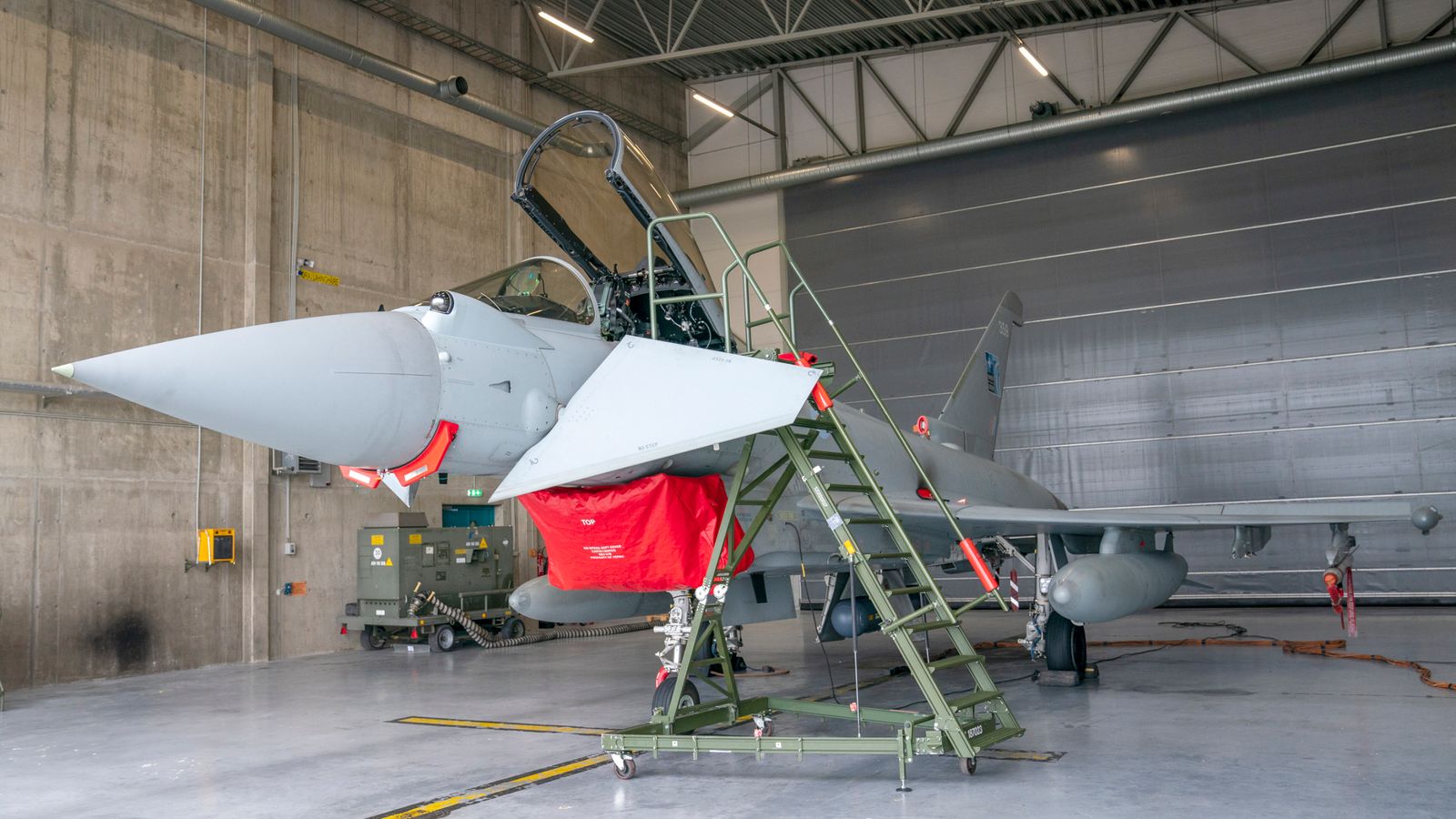The Ministry of Defence’s plan for new weapons has a budget “blackhole” of £16.9bn, according to the public spending watchdog.
The National Audit Office (NAO) said the MoD‘s 10-year programme until 2033 was unaffordable and the projected deficit the biggest since 2012, when the plan was first published.
It puts the estimated costs at £305.5bn against a budget of £288.6bn.
Last’s year 10-year estimate was under budget by £2.6bn.
The NAO said plans had become unaffordable due to forecast costs increasing 27% (£65.7bn) since the last report, outpacing a 19% (£46.3bn) budget increase.
Inflation is set to add £11bn to the bill, said the watchdog, while nuclear and naval plans are estimated to now cost £54.6bn more – the biggest increase.
None of the six “top-level budgets” – which cover the likes of the RAF, the Army and Royal Navy – are said to be affordable.
Rishi Sunak’s risky move: Hiring military novice Grant Shapps as defence secretary at a time of war in Europe
Why BAE bought Ball Aerospace and why it matters
White men who failed to join RAF furious after no one is sanctioned over botched diversity drive
The NAO said plans for vessels including Type 83 destroyers, Type 32 frigates and surveillance ships are now unaffordable by £5.9bn against current budgets.
Be the first to get Breaking News
Install the Sky News app for free
NA0 chief Gareth Davies called it a “marked deterioration” compared with the previous plan.
He said the MoD needed to give a “reliable assessment of the affordability of its equipment programme” and show parliament “how it will manage its funding to deliver equipment projects”.
Chair of the Public Accounts Committee, Labour’s Dame Meg Hillier, said she was “concerned about the risk to the UK” that the deficit represents.
She said the estimated deficit did not even include “all likely cost pressures”.
“The Conservatives are failing British troops and British taxpayers,” added shadow defence secretary John Healey
“Major defence decisions are now delayed until after the next election, and ministers have no plan to control defence budgets.
“With war in Europe and a Middle East conflict, this risks leaving our armed forces without the equipment and troops they need to fight and fulfil our NATO obligations.”
Read more:
‘Fearless’ UK soldier, 32, ‘killed’ while off duty in Kenya
Unexploded bomb detonated after decades as ornament
However, the MoD said the report was based on a “dated snapshot” from April.
“Whilst this report recognises the significant impact global headwinds and high inflation has had on UK defence, it does not and could not accurately reflect the current or future state of the armed forces equipment plan,” said a spokesman.
He said spending was increasing significantly and that “decades long underinvestment” in certain areas was being rectified.
“The defence secretary is currently leading work to ensure the armed forces have the next generation equipment they need to defend Britain and maintain a strategic advantage,” he added.
The MoD remains committed to increasing defence spending to 2.5% of GDP “as soon as economic and fiscal conditions allow,” the spokesman said.






















